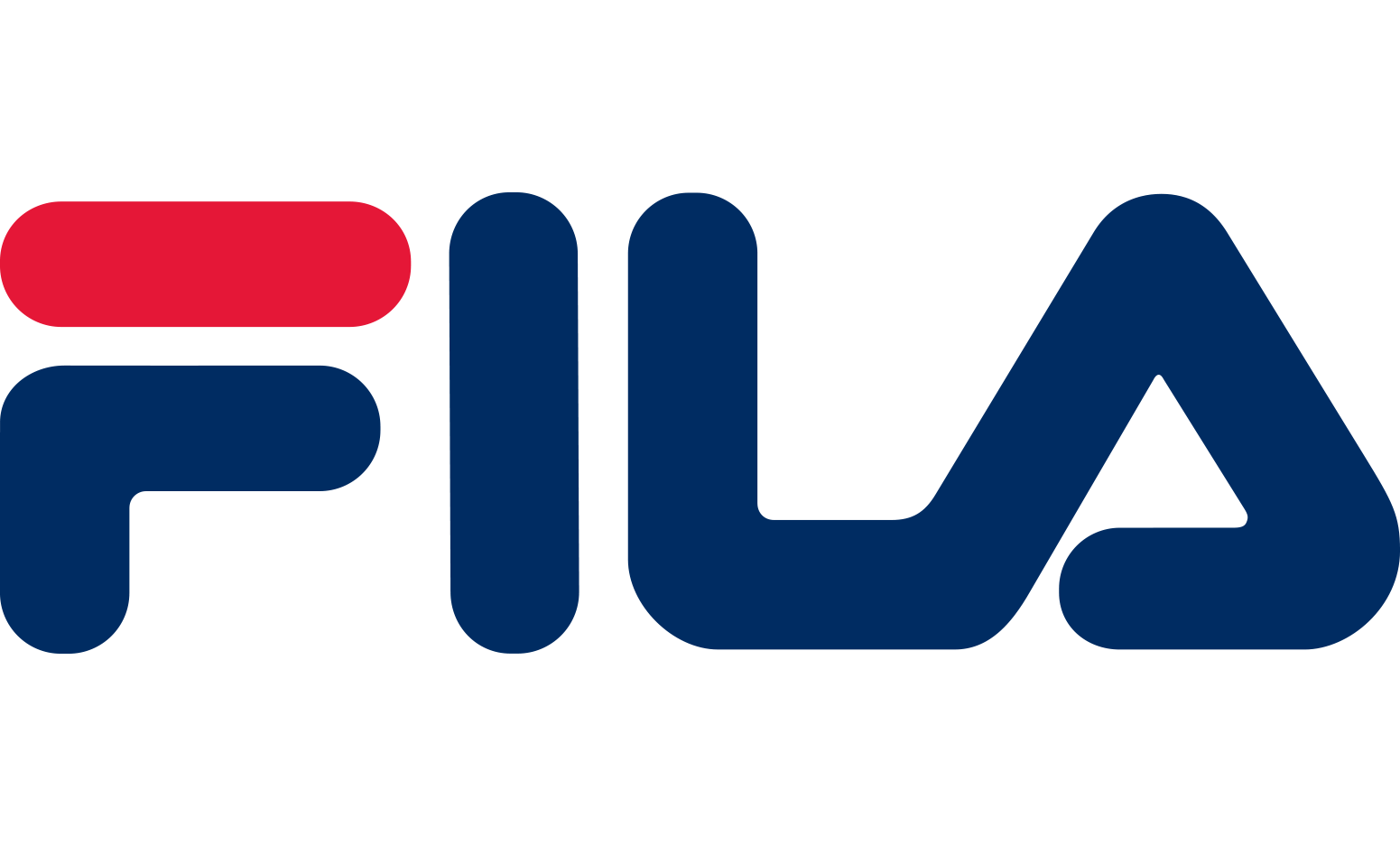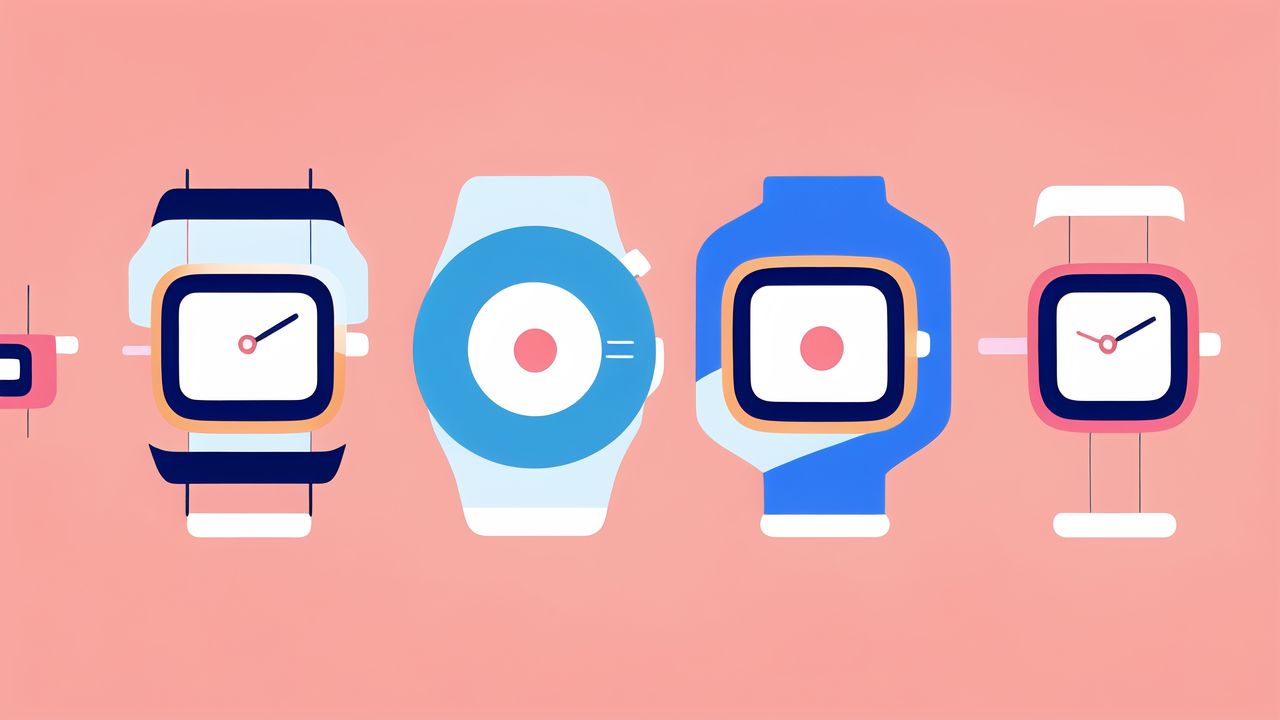The Rise of Smart Bracelets: A Historical Perspective
Understanding the Origins of Wearable Technology
Long before smart bracelets, humans used wearable items for simple tasks. Think of the abacus ring, used by traders in ancient times. It's a prime example of early wearable tech. Then came items like pocket watches. By the 1970s, we saw calculator wristbands. But the real change came with the rise of digital innovation. In the 2000s, fitness trackers emerged. They tracked steps and heart rate. Soon, more features got added. Today, smart bracelets combine health, communication, and style seamlessly.

Milestones in Smart Bracelet Development
The development of smart bracelets has hit many key milestones. In the early 2000s, they were simple step counters. Over time, they got features like heart rate monitoring and GPS. Big tech firms entered the market, boosting innovation. This led to smart bracelets with phone alerts and mobile payments. Another leap was health tracking, like monitoring sleep and stress levels. The design also changed, from clunky to sleek and stylish. These milestones show how the tech improved to meet user needs.
The Role of Consumer Demand in Shaping the Market
The demand of consumers has been a driving force in the smart bracelet market. As users looked for devices to track fitness and health, companies responded with innovative products. This push for wearable tech has led to an increase in variety, functions, and design. Smart bracelets have become fashion statements too. They must look good and work well. This demand for both style and substance has pressured makers to keep improving. As a result, the market has seen rapid growth and constant change. We can trace the rise of smart bracelets through how consumers use and view them.
Analyzing the Current State of the Smart Bracelet Industry
Key Players and Market Share
In the U.S., the smart bracelet industry is highly competitive with a few key leaders. Companies like Fitbit, Apple, and Xiaomi dominate the market, known for their innovative products. Fitbit, an early entrant, holds a strong position with its focus on health and fitness tracking. Apple's excellence in design and integration with its ecosystem grants it significant share. While Xiaomi offers cost-effective options, expanding accessibility. Their combined market share reflects consumer preferences and drives industry trends.
Innovations and Technological Advancements
The smart bracelet industry continuously thrives on innovation. Key advancements include improved battery life, which allows users to track their activity for days on end without a recharge. There's also a push for more accurate biometric sensors. These measure heart rate, sleep quality, and even stress levels more precisely. Smart bracelets are getting sleeker too, with designs that appeal to fashion-conscious consumers. Other tech upgrades involve enhanced connectivity features. Bracelets now sync seamlessly with smartphones and other devices. This integration is key for a smooth user experience. The adoption of AI algorithms aids in providing personalized health insights and fitness coaching. Moreover, new materials are being used to ensure bracelets are both durable and comfortable for all-day wear. As tech evolves, so does the functionality of smart bracelets, making them a staple in daily health and wellness monitoring.
Legal and Regulatory Considerations in the US
In the US, smart bracelets must follow strict rules. The FCC oversees wireless tech standards. Privacy laws protect user data, like the Health Insurance Portability and Accountability Act (HIPAA) for health info. There are guidelines for data security and marketing claims. State laws can also impact smart bracelet sales and use. Firms must keep up with changing rules to stay legal. User safety is also key, with a focus on minimizing risks from device materials and batteries.
The Future of Wearable Technology: Trends and Predictions
Anticipated Technological Innovations in Bracelets
The future of wearable bracelets seems bound for greater innovation. Expected advancements include improved battery life, enabling longer use without constant recharging. Integration with AI and machine learning will likely provide more personalized health insights. We may also see wider adoption of advanced materials, making bracelets more durable and comfortable. Anticipated developments in haptic feedback could create more interactive and immersive user experiences. Additionally, biometric authentication could enhance security and convenience. Finally, better sensory capabilities might be implemented to monitor environmental factors like air quality, contributing to holistic health tracking.
Potential Market Growth and New Entrants
The wearable tech market is set to expand significantly. Experts predict growth in both consumer and enterprise sectors. New players are expected to enter the market, spurred by the demand for innovative health and fitness tracking. Upcoming startups and tech giants might explore niche markets. They'll likely focus on improving accuracy, battery life, and user experience. This growth can lead to more jobs and stimulate the US economy. Enhanced competition may drive down prices, making wearables more accessible.
The Impact of Consumer Trends on Wearable Technology Evolution
Consumer trends are pivotal in the growth of wearable tech. Preference for sleek, versatile devices guides design. Integration with health apps attracts fitness-conscious buyers. Social connectivity features appeal to younger generations. Privacy concerns promote demand for secure wearables. Environmental awareness might push for sustainable production. Wearable tech is embracing a more personalized experience. These trends could define the next wave of wearable devices.




Leave a comment
This site is protected by hCaptcha and the hCaptcha Privacy Policy and Terms of Service apply.